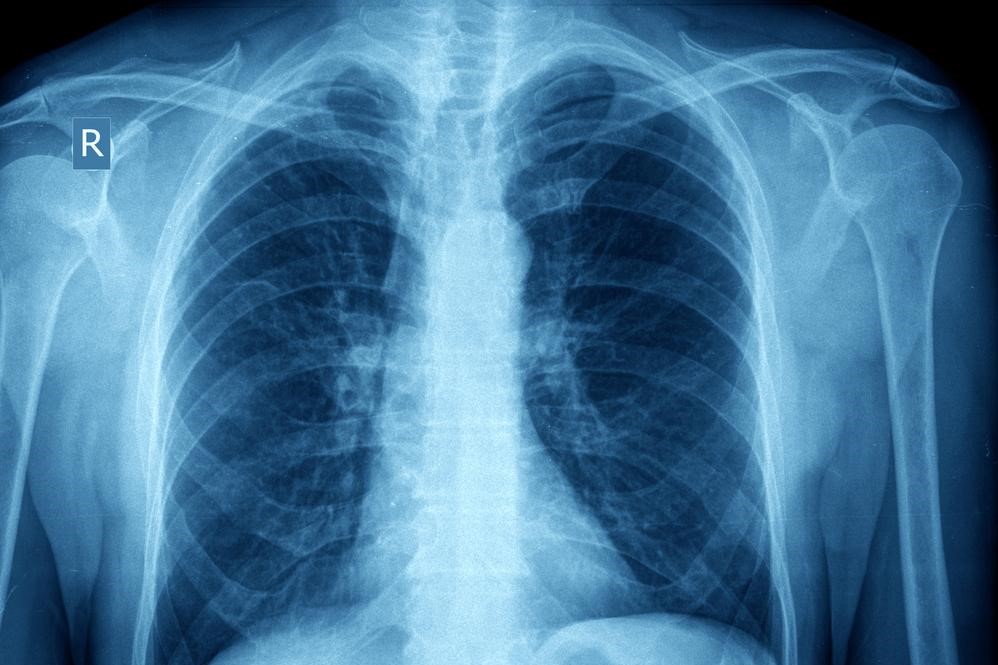Comprehensive Guide to the Five Main Variants of Asthma
Explore in detail the five main types of asthma, including allergic, exercise-induced, cough-variant, occupational, and nocturnal asthma. Learn about their specific triggers, symptoms, and management strategies to better understand this complex respiratory condition and improve treatment outcomes.

Understanding the Five Primary Types of Asthma
Asthma is a pervasive chronic respiratory disease that affects millions worldwide, crossing all age groups from young children to older adults. It is characterized by inflammation and narrowing of the airways, which leads to difficulty in breathing, wheezing, chest tightness, and persistent coughing. The complexity of asthma lies in its various subtypes, each with distinct triggers, symptoms, and treatment approaches. Recognizing these different forms is crucial for effective management and improved quality of life. This comprehensive article delves into the five main types of asthma, exploring their unique features, causes, and the best strategies to handle each.
Allergic Asthma - Often the most common form, allergic asthma is primarily triggered by environmental allergens. During exposure to certain substances like pollen, mold spores, pet dander, or dust mites, this type of asthma causes significant airway inflammation. Many individuals also experience symptoms when consuming food allergens such as dairy, yeast, or gluten. The immune system overreacts to these allergens, leading to swelling of the airway walls, excessive mucus production, and difficulty breathing. Management includes allergy avoidance, antihistamines, inhaled corticosteroids, and immunotherapy. Identifying specific allergens through testing helps tailor treatment plans for better control and fewer flare-ups.
Exercise-Induced Asthma (EIA) - This form of asthma occurs specifically in response to physical activity or vigorous exercise. It is especially common among athletes, runners, and fitness enthusiasts. During or after exercise, the airways constrict temporarily, resulting in symptoms such as wheezing, coughing, shortness of breath, and chest tightness. EIA is caused by the cooling and drying of the airway tissues during exercise, which triggers bronchospasm. Proper management involves pre-exercise inhalation of bronchodilators, warm-up routines, and avoiding triggers like cold air or high pollution days. Recognizing the symptoms early allows athletes to continue training safely with appropriate medications and breathing techniques.
Cough-Variant Asthma - This less-known subtype presents predominantly with a persistent cough that doesn't respond fully to typical cough remedies. Unlike other types, cough-variant asthma might lack obvious wheezing or shortness of breath, making diagnosis challenging. It often mimics other respiratory conditions such as post-nasal drip, sinusitis, or chronic bronchitis. If left untreated, it can progress to other forms of asthma with more typical symptoms. Diagnostic tests like spirometry, allergy testing, and airway reversibility studies assist clinicians. Treatment includes inhaled corticosteroids, leukotriene receptor antagonists, and sometimes antihistamines, aiming to control cough and prevent disease progression.
Occupational Asthma - Inhalation of irritants and toxins in the workplace environment causes this subtype. Common triggers include chemicals, fumes, dust particles, and other airborne pollutants encountered in industries like manufacturing, farming, or cleaning. Symptoms usually develop after prolonged exposure and only manifest when the individual is in the specific work setting. Managing occupational asthma involves reducing or eliminating exposure, improving workplace air quality, and using protective equipment. Medical treatment includes inhalers, corticosteroids, and allergy medications. In severe cases, workplace modifications or medical leave may be necessary to prevent worsening of the condition.
Nocturnal Asthma - This form of asthma is characterized by symptoms that worsen during sleep, such as coughing, wheezing, and shortness of breath. The nocturnal pattern is influenced by circadian rhythms, and levels of certain inflammatory mediators tend to rise at night. It may be linked with acid reflux, sinus issues, or other comorbidities that exacerbate airway constriction during specific hours. Patients often experience disrupted sleep, leading to fatigue and decreased quality of life. Treatment strategies include adjusting medication timing, using long-acting inhalers, and managing related conditions like acid reflux or sinusitis. Awareness of nocturnal asthma is key to preventing severe nighttime attacks and ensuring restful sleep.
Effective management of all asthma types involves a combination of medication, lifestyle adjustments, and trigger avoidance. Inhaled corticosteroids remain the cornerstone for long-term control, while bronchodilators provide quick relief during attacks. For severe or unresponsive cases, advanced treatments like bronchial thermoplasty are available, which can help reduce airway smooth muscle mass and improve airflow. Regular monitoring, patient education, and tailored treatment plans are essential components of successful asthma control. By understanding each subtype's unique aspects, patients and healthcare providers can work together to develop personalized strategies that reduce symptom severity, prevent exacerbations, and improve overall respiratory health.





